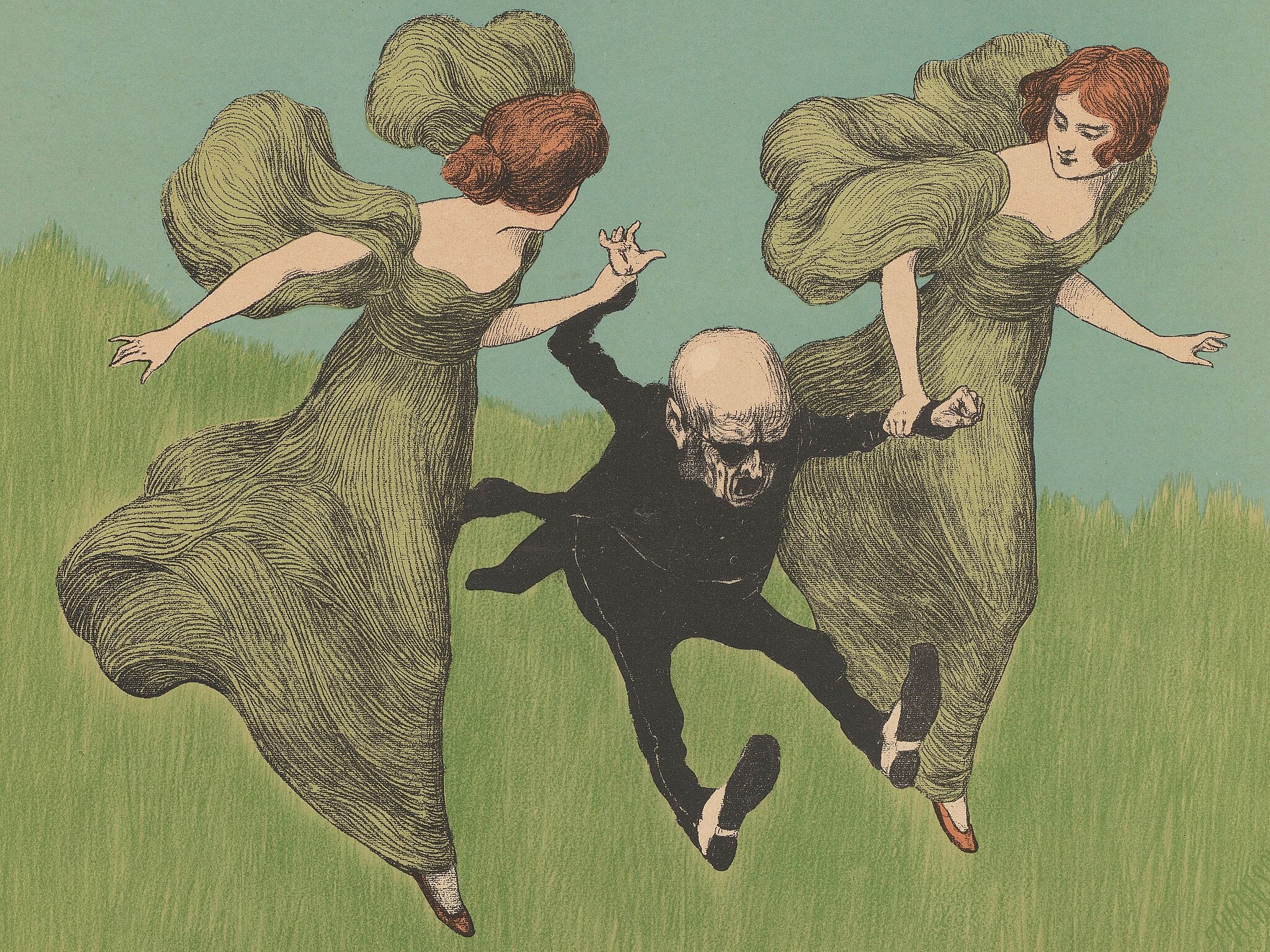Sixty years after its initial publication, The Bell Jar continues to resist reduction. To describe it as a novel about mental illness is not incorrect, but it is insufficient.
The text is as much a psychological document as it is a cultural one, tracing the intricate interplay between individual pathology and the structural violences of mid-century womanhood.
Sylvia Plath’s only novel, published under the pseudonym Victoria Lucas mere weeks before her suicide, is a semi-autobiographical work that simultaneously conceals and reveals, deflects and confesses. Its enduring power lies not only in its narrative of psychological unravelling, but in its exposure of the ideological mechanisms that produce such unravelling.
The protagonist, Esther Greenwood, is frequently read as a surrogate for Plath herself. Like Plath, she wins a summer internship at a prestigious magazine in New York; like Plath, she undergoes electroconvulsive therapy following a suicide attempt. But Esther is not simply an autobiographical vessel, she is a formal device through which Plath explores the disintegration of self under the duress of patriarchal containment.
In the figure of Esther, Plath composes a female consciousness in revolt: lucid, brilliant, and increasingly dissociated.
What makes the novel devastating is not merely the depiction of Esther’s breakdown, but the clarity with which it is narrated. This is not the chaos of madness, but its painful awareness.
The metaphor of the bell jar, transparent, enclosing, distorting provides the novel’s conceptual architecture. It is at once psychiatric and social. Plath deploys it not only to depict clinical depression, but to evoke a larger condition of gendered entrapment. Esther’s descent is not catalysed by internal weakness; it is precipitated by the impossibility of coherent female identity
within the postwar American ideological framework. She is offered only untenable binaries: virgin or whore, muse or madwoman, housewife or cautionary tale. The novel’s most iconic passages are suffused with this thematic impasse. “The trouble was,” Esther muses, “I wanted each and every one of the things I saw, and I saw myself sitting in the crotch of this fig tree, starving to death, just because I couldn’t make up my mind which of the figs I would choose.” The metaphor is not merely poetic, it is diagnostic.
Plath writes with an unsettling precision about the psychic toll of these contradictions. The institutions meant to contain and correct Esther’s deviation namely, psychiatric hospitals, electroshock therapy, maternal care are portrayed as extensions of the same ideological order that generated her condition.
The diagnosis of neurosis, in this context, becomes tautological: society manufactures impossible roles for women and then pathologizes those who fail to embody them.
The Bell Jar’s literary ancestry is as important as its historical one. It draws upon the stream-of-consciousness tradition of Woolf, the confessional lineage of Sexton, the psychological realism of Dostoevsky.
Yet Plath’s style is distinctly her own: cool, clinical, and at moments brutal. Her language is often deceptively plain, allowing the grotesque to emerge not through stylistic flourish but through tonal detachment.
The effect is chilling. When Esther recounts her suicide attempt, the prose is eerily composed. There is no melodrama, only observation. This dispassion becomes a rhetorical strategy: the affective flatness mirrors Esther’s dissociation but also implicates the reader in her alienation.
Indeed, The Bell Jar is an uncomfortable novel, precisely because it denies the reader the comforts of distance or resolution. Esther’s recovery, if it can be called that is provisional. The final scene, in which she prepares to face a panel of doctors who will determine her readiness to re-enter the world, ends not with closure, but with an open door.
The ambiguity is not incidental. Plath is not interested in the redemption arc; she is interested in the conditions that make such redemption both necessary and implausible.
In the decades following its publication, The Bell Jar has become a canonical text within feminist and psychiatric discourses. It has also been frequently misread and reduced to a morbid curiosity or sentimentalized as the tragic byproduct of a “tortured genius.” Such readings risk re-inscribing the very binaries Plath sought to dismantle.
Plath’s genius was not in her suffering, but in her lucidity. She did not write The Bell Jar as an act of catharsis, but as an indictment. It is a novel that makes the private political, not through manifesto, but through narrative.
To read The Bell Jar today is to be reminded that the ideological pressures Plath exposed have not disappeared; they have simply changed form. Contemporary readers, particularly women still find in Esther Greenwood a disturbingly familiar portrait: the woman suspended between expectation and authenticity, between public performance and private despair. The cultural apparatuses that shape female subjectivity may now operate through different media, maybe Instagram rather than Ladies’ Home Journal but their function remains eerily consistent.
Sylvia Plath’s novel endures not because it offers solutions, but because it articulates the problem with unflinching clarity. It does not romanticize illness; it anatomizes it.
It does not liberate its protagonist; it reveals the impossibility of her liberation. And in doing so, it demands that we interrogate the structures social, medical, literary, that confine women still.
In The Bell Jar, Plath does not break the glass. She holds it up for us to see; distorted, transparent, suffocating. And once we see it, we cannot look away.



